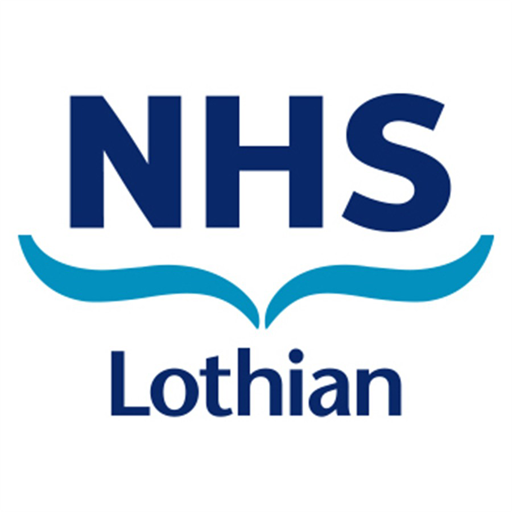Documentation aid following resuscitation/stabilisation

A detailed and accurate narrative timeline is essential, this list is designed to be used in conjunction with the NHS Lothian Delivery Room Checklist, not all area’s will be appropriate.
Background
What history were you given?
When did you arrive?
Record your name and grade, as well as the names and grades of staff present at resuscitation and their arrival times.
What method was used to alert the team about resuscitation, e.g. junior doctor bleep, emergency bleep, phone call to the unit?
If senior help was summoned during resus when did this happen and when did it arrive
Umbilical Cord
Was there Optimal Cord Clamping (>60 sec) ? If not, explain why not.
Cord gases? If none were taken, explain why.
Was an Umbilical Venous Catheter inserted. If so, when?
If baby gas taken record time and values
Temperature Control
What was initial temperature?
Detail the steps taken to prevent hypothermia or hyperthermia (woollen hat, plastic bag, covered with blanket, heater turned up/down)
What was temperature before leaving resus room and on admission
Initial condition
What was the initial condition ?
Avoid statements like “poor condition”
Describe HR, Colour, tone, resp effort
Airway and Breathing
What initial T-piece settings were used?
When was chest movement first observed?
If this was delayed what measures were implemented and when?
When was the first spontaneous breath observed?
When was there regular respiration?
What was the timing of progression of SpO2?
Did tracheal suction take place and what was found
Circulation
What was the initial heart rate?
When was this above 100 bpm?
If chest compressions were used, did they start after chest movement seen and what time did they start and finish?
Stabilisation procedures taken prior to intubation
Record all procedures used to avoid intubation.
These include:
- Support of the newborn with PEEP of 5-6 +/- IPPV. Start with a positive inspired pressure [PIP] of 30 in term and 20cmH2O in preterm.
- Incremental pressure increase up to ?
- Waiting 10-15 minutes to allow transition before intubation
- Increasing FiO2
Pressure should be weaned as soon as there is chest wall movement /HR improvement.
Indication for Intubation
Record the indication for intubation.
Newborns < 25 weeks PMA are generally intubated electively without sedation in the delivery room.
For Newborns ≥ 25 weeks, indications for intubation include:
- Low HR (<60 b/min)
- Poor respiratory effort, following transition period (10-15 mins)
Further examples are at clinical discretion:
- Significant work of breathing (WOB) following transitional period
- FiO2 >0.8 to achieve oxygen saturation
During Intubation
If an Endo-Tracheal Tube was used, what size, how long at the lips, how many attempts (document all) and who inserted it?
Was a Pedi-Cap used and did this show a colour change, confirming correct Endo-Tracheal tube placement?
If a Naso-Gastric tube was inserted, what size and who inserted it?
Record timing and dose of Curosurf.
Post-intubation or Transition
Was the PIP, FiO2 and rate weaned to the minimum needed to keep newborn saturated 90-95% for transfer? E.g. pressures 18-20/5 cmH2O, and rate 30-40 breaths/minute or back to CPAP only.
Neurology
Provide details on the neurology, (expand on ‘floppy’, ‘stunned’, etc, as it can be difficult to understand if a baby has signs of encephalopathy or is just transitioning from some transient respiratory depression)
Documentation/Communication
Record the timing of all IV fluids and drugs
Document all procedures and surfactant in relevant forms in Badger
What were the Apgar scores?
Did you speak to parents ? document as first communication in Bagder

